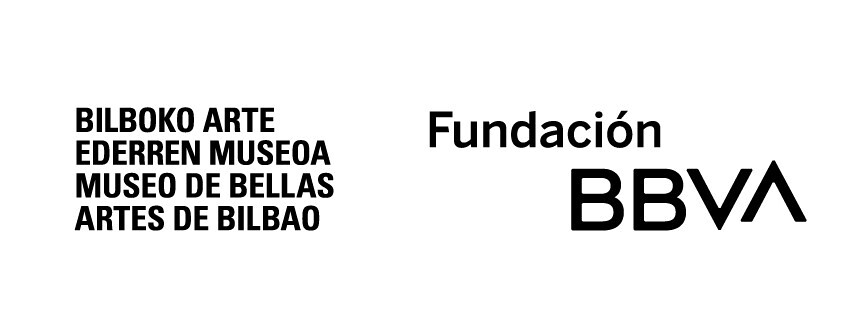March 18–September 5, 2021
Museo Plaza, 2, Abando
48009 Bilbo Bizkaia
Spain
Video Art and Digital Creation Programme of the Bilbao Fine Arts Museum and the BBVA Foundation
Produced by Muntadas for the Bilbao Fine Arts Museum Foundation
The projects by Antoni Muntadas (Barcelona, 1942) include multimedia installations, photographs, publications, performances and urban interventions, and they represent one of the most important contributions to international conceptual art practices. The artist is also a touchstone in the use of video and the new technologies in Spanish art from the early 1970s. His oeuvre addresses topics related to politics, social issues and communication, always with one foot in anthropology, sociology and cultural history.
In The Empty City, Bilbao and its current urban plan, as well as its historical context, are the point of departure for a broader inquiry into public space and architecture. Curated by Guadalupe Echevarría, the outcome is a project comprised of several components, as is common in Muntadas’ works. The museum’s Gallery 33 displays Vacuum / Plenum, an installation with two screenings, and the device On Translation: The River, which flies over the city along the Nervión River, from Town Hall to Zorrotzaurre, mapping this emblematic zone in Bilbao’s transformation in the past 30 years.
These works are complemented by Suntsiketa / Eraikuntza, on the new architecture as “added value” within recent urban planning in relation to ruins and calamitous events: wars, floods, pandemics. This complex of audiovisual instruments allows Muntadas to underscore the spatial dimension of the different conflicts and remodellings around the Nervión River, while also confronting the silenced language of the phenomena it presents by relating the images with quotes from Walter Benjamin. Muntadas often says that these texts work like “acupuncture.”
Three videos are being shown in Gallery 32: Dérive Veneziane (2015), Guadiana (2017) and Finisterre (2017). These previous episodes serve as the footnotes to the work on Bilbao’s river. They succeed one another in time and do not seem put together by accident: they address the city, the landscape and the region, topics that Muntadas specifically examines. The effect produced by the combination of the Bilbao river and these other rivers and cities, either empty or full, silent as in Venice or vacated as in Bilbao, beckon us to think about the world in which we live.



